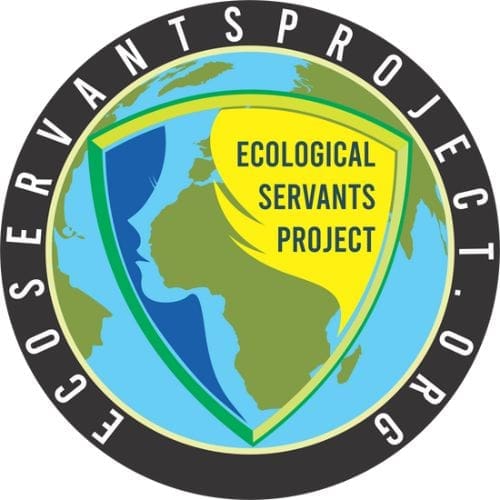California’s picturesque coastline is not only a haven for humans seeking sun and surf but also a vital habitat for diverse array of wildlife. However, this natural beauty is marred by the lurking danger of flash floods, which can wreak havoc on the delicate ecosystems that thrive along the state’s coastal regions. In this blog post, we will explore the dangers that flash floods pose to California’s wildlife population and the crucial need for conservation efforts to mitigate these threats.
The Unseen Perils:
Flash floods, characterized by sudden and intense flooding will become a recurring menace to coastal California in the wake of climate change, particularly during the winter months when heavy rainfall is common. These floods can have devastating consequences for the region’s wildlife, causing a ripple effect throughout the ecosystem.
Loss of Habitat:
Flash floods lead to erosion and the reshaping of the landscape, often resulting in the destruction of critical habitats for various species. Coastal vegetation, which provides shelter and nesting sites for birds, is particularly vulnerable, leaving many species without a refuge.
Disruption of Breeding Cycles:
Many wildlife species in coastal California follow specific breeding and nesting cycles that are finely tuned to the local environment. Flash floods can disrupt these cycles, washing away eggs, nests, and young offspring, putting a strain on population numbers.
Waterborne Contamination:
Flash floods not only bring an excess of water but can also carry pollutants and debris into coastal ecosystems. The introduction of harmful substances into the water poses a significant threat to marine life, affecting both the immediate and long-term health of the wildlife.
Conservation Efforts:
Recognizing the dangers flash floods pose to California’s wildlife, conservation efforts are crucial for protecting and preserving these delicate ecosystems.
Restoration Projects:
Investing in habitat restoration projects can help rebuild areas affected by flash floods. Planting native vegetation and stabilizing soil can mitigate the impact of erosion, providing wildlife with a chance to recover. You can also help your friends at the Ecological Servants Project to make a difference and even use this forum to arrange cleanups.
Climate Change Mitigation:
Addressing the root causes of extreme weather events, such as climate change, is essential. By reducing greenhouse gas emissions and adopting sustainable practices, we can contribute to a healthier environment that is less prone to the severe weather patterns that trigger flash floods.
Early Warning Systems:
Implementing effective early warning systems can help wildlife organizations and authorities evacuate vulnerable areas, minimizing the potential harm to both human communities and the wildlife population.
Conclusion:
While California’s coastline is undoubtedly breathtaking, the dangers posed by flash floods to its wildlife population are severe. Through concerted conservation efforts, public awareness, and sustainable practices, we can strive to protect these ecosystems and ensure that the diverse wildlife of coastal California continues to thrive in the face of environmental challenges and the continued changes brought forth by climate change.
